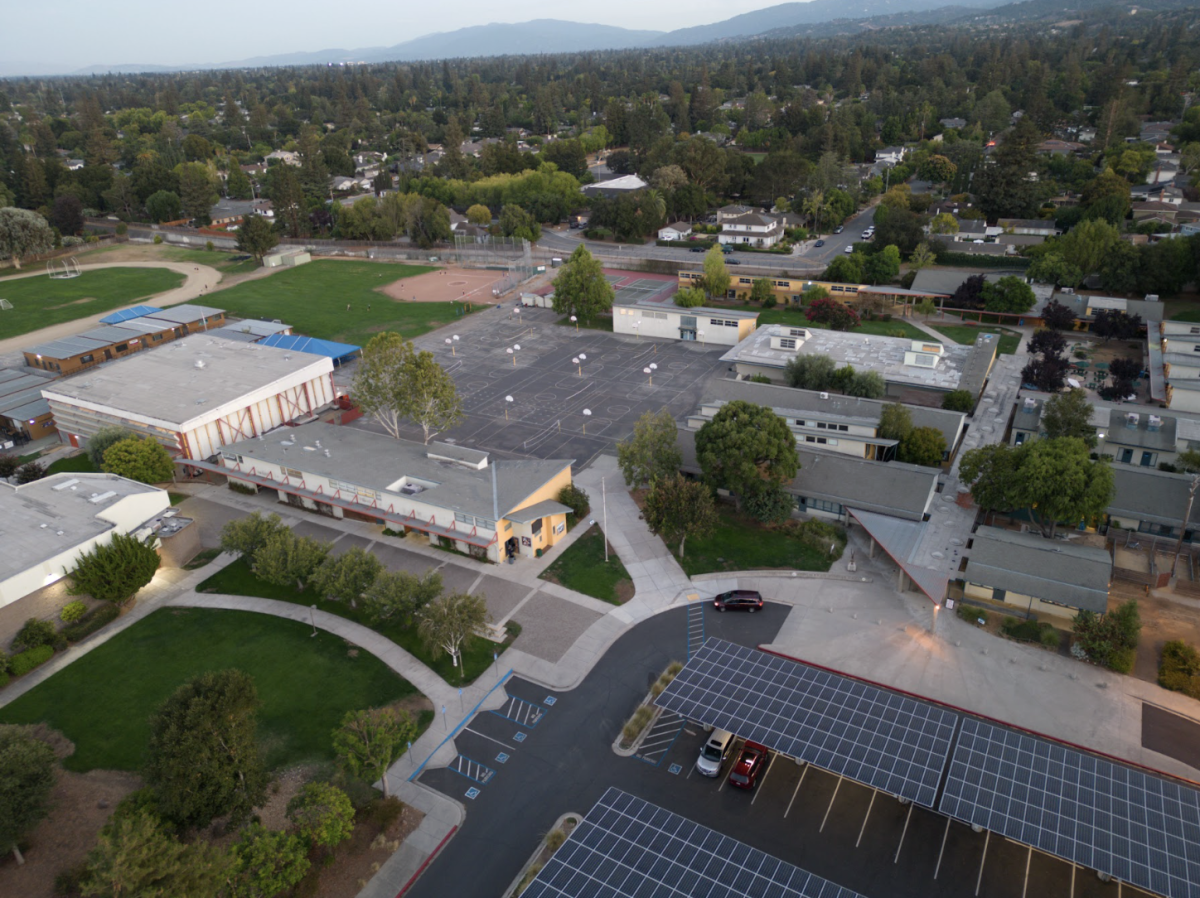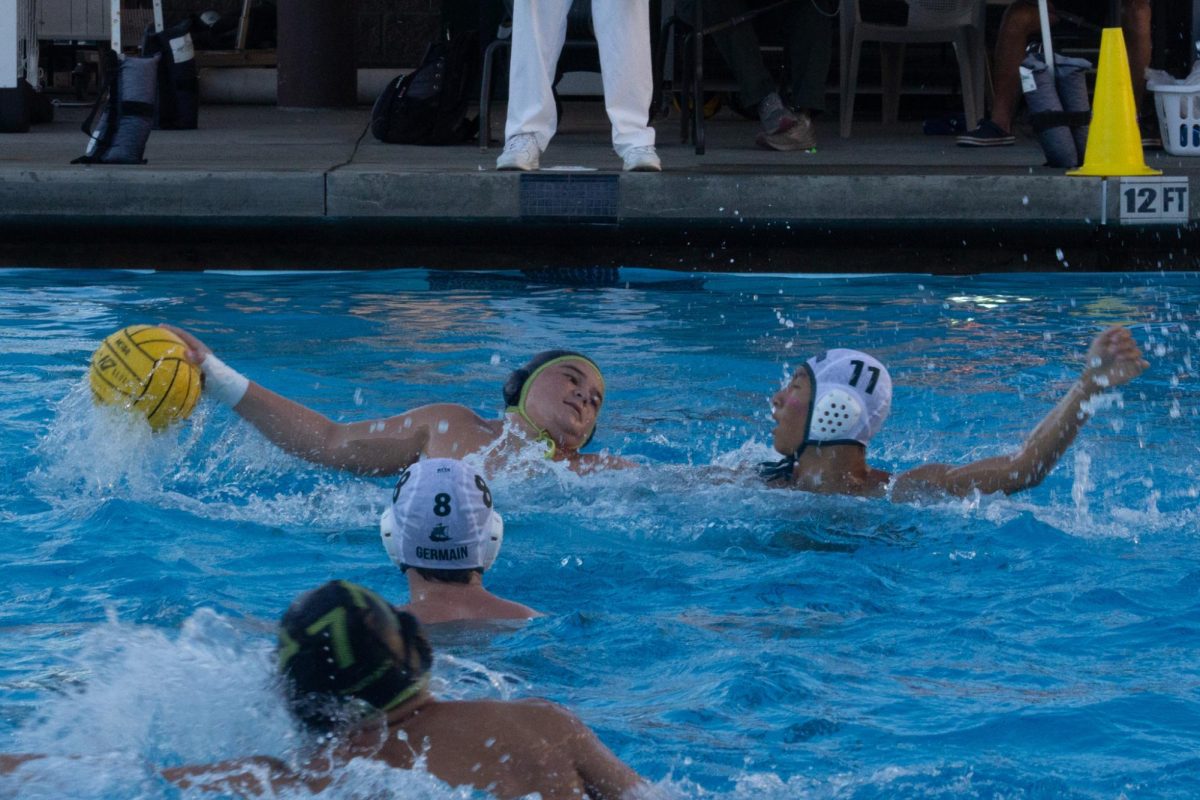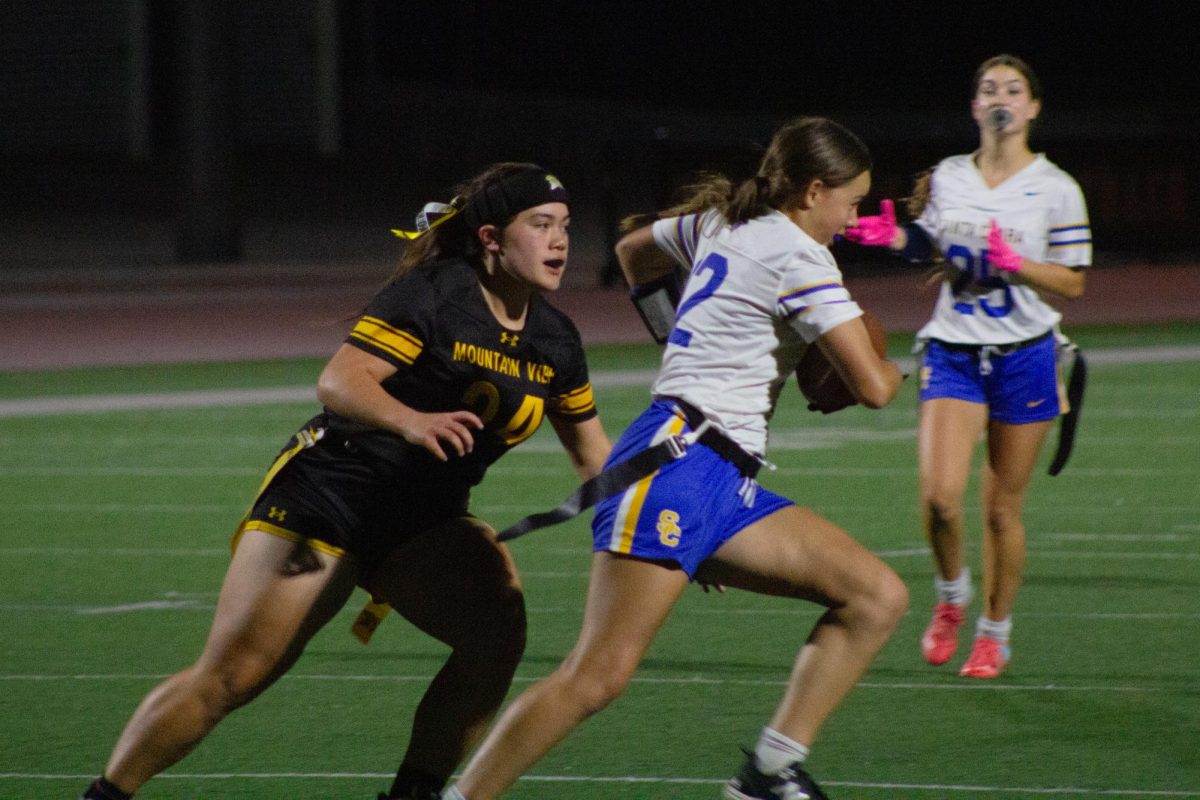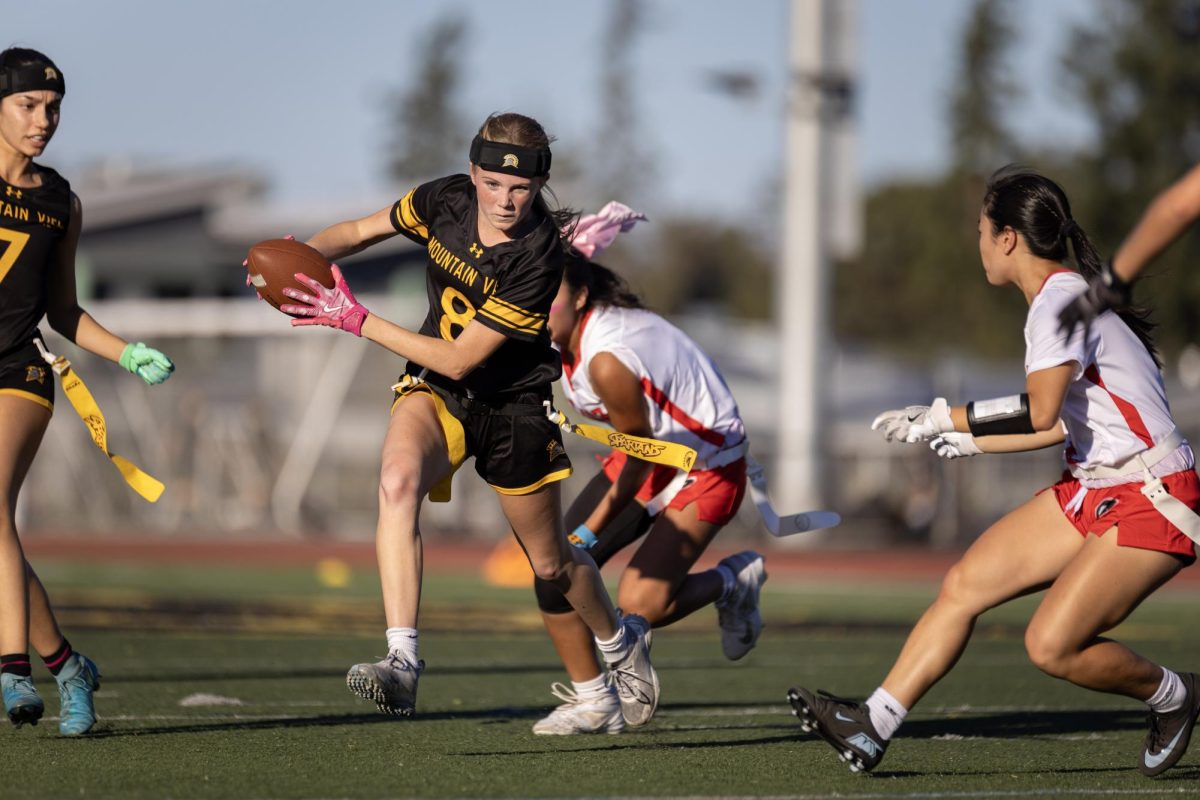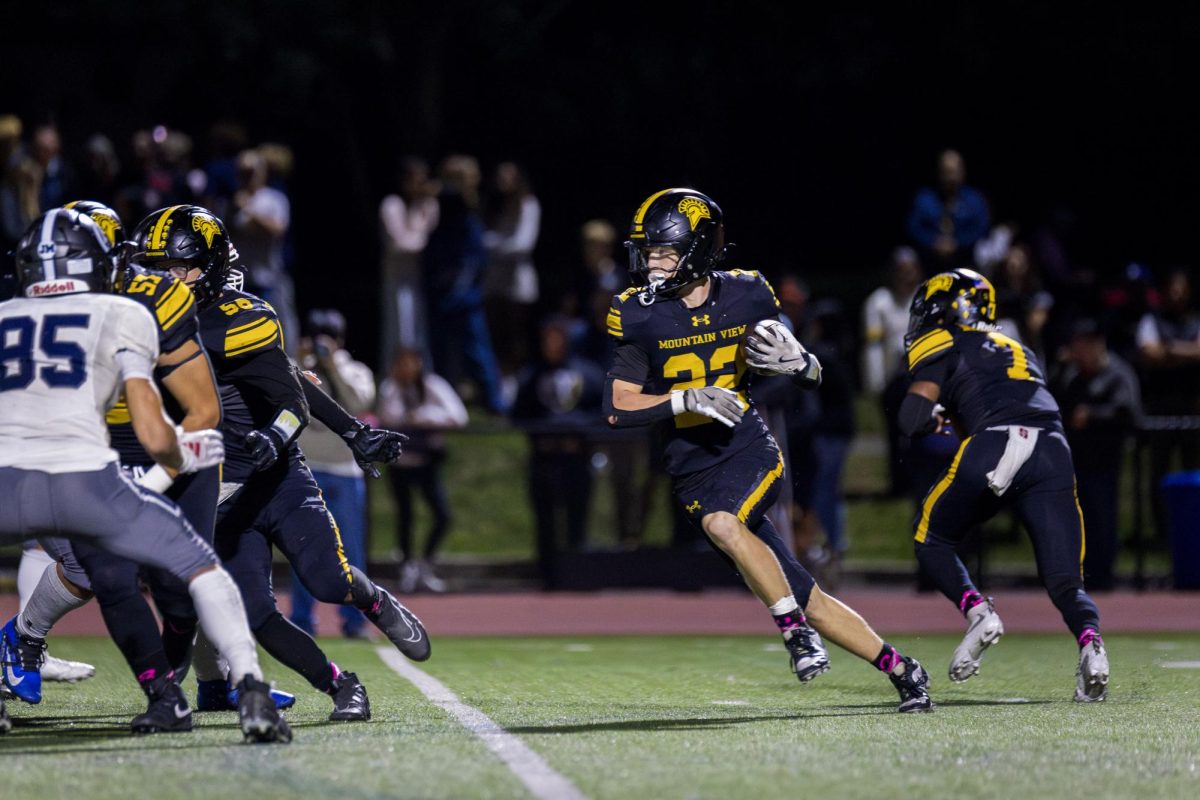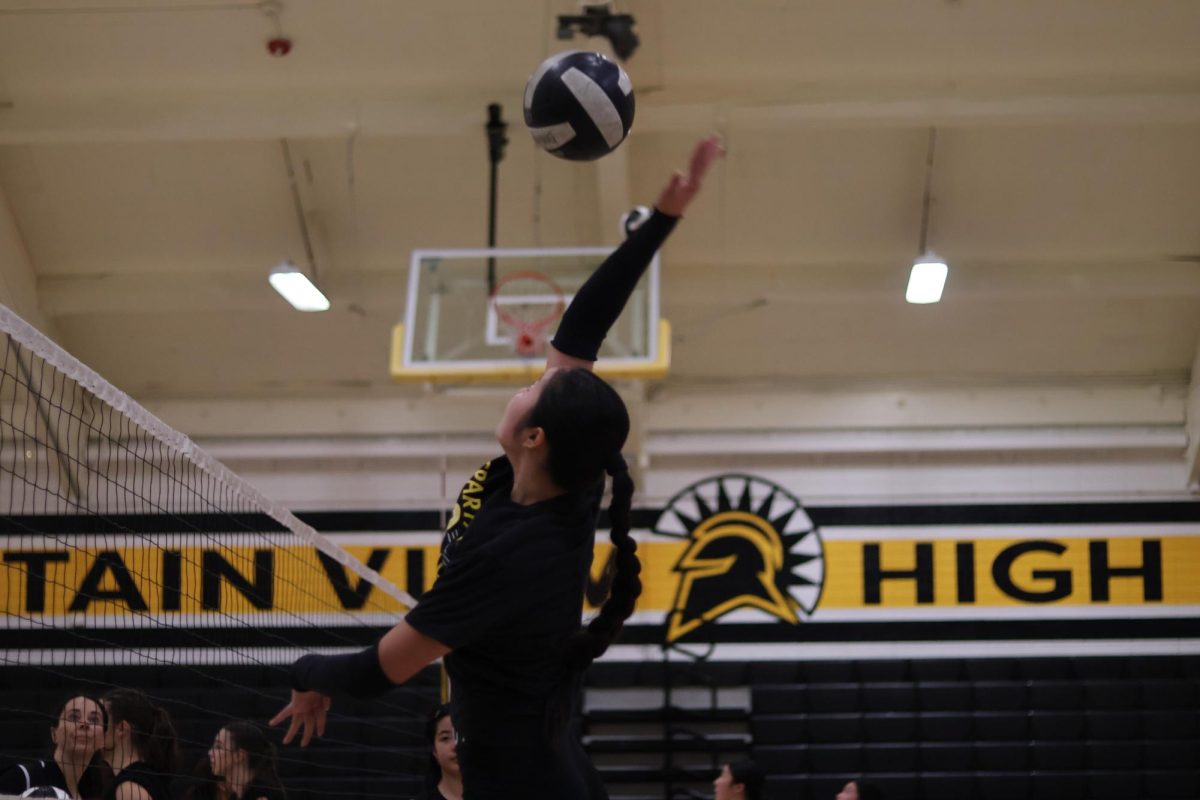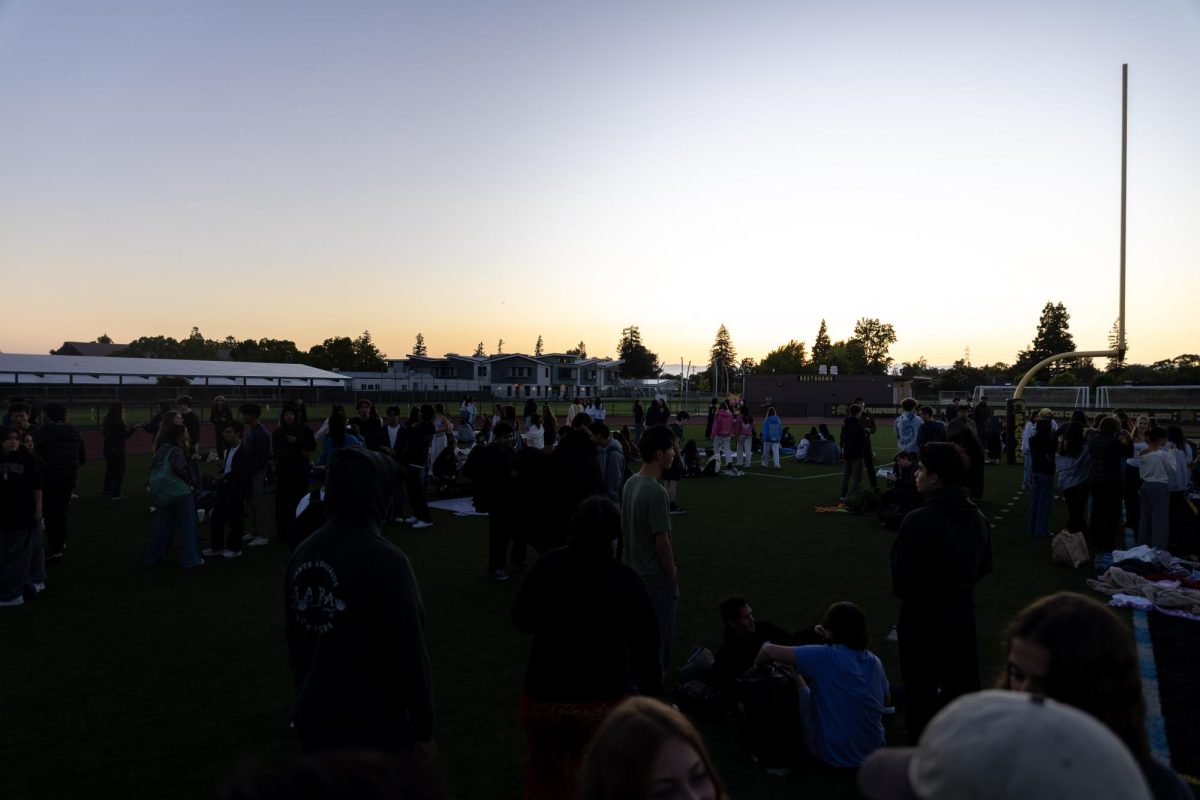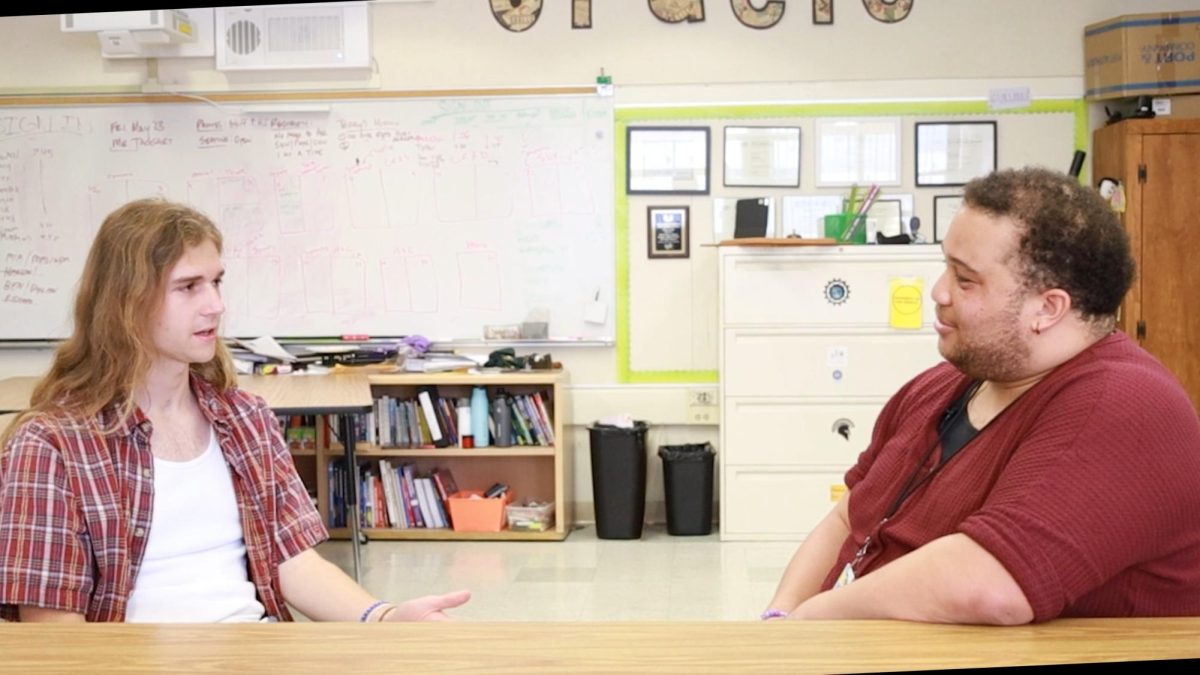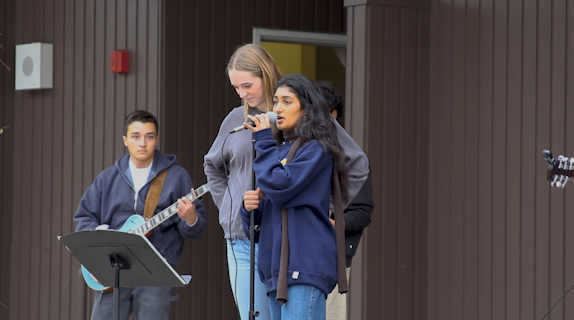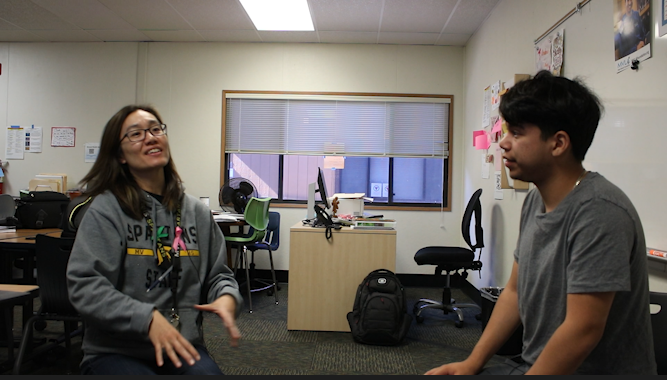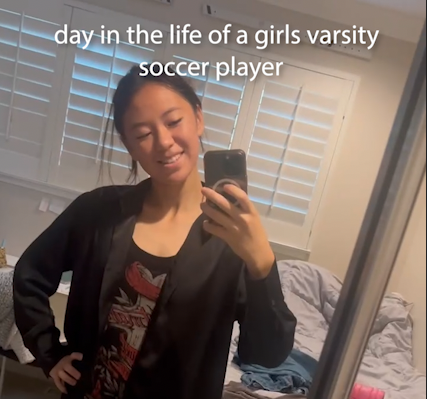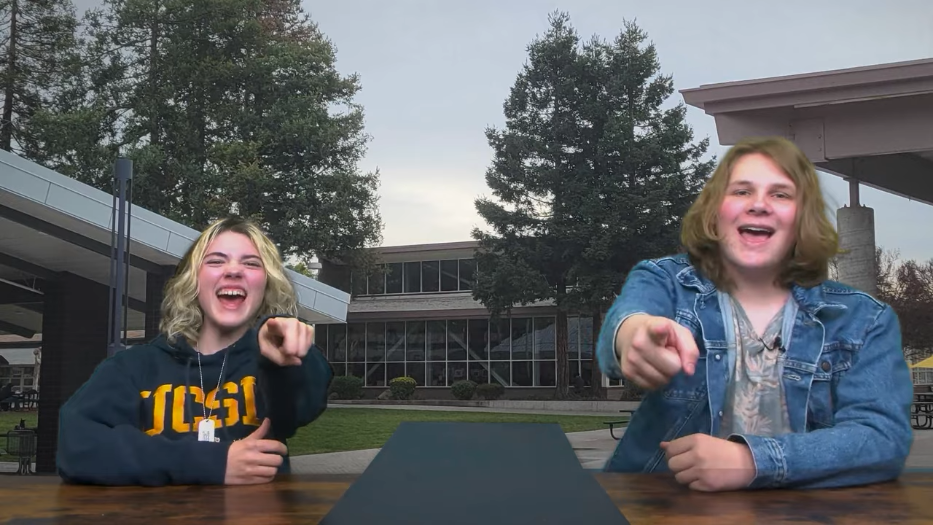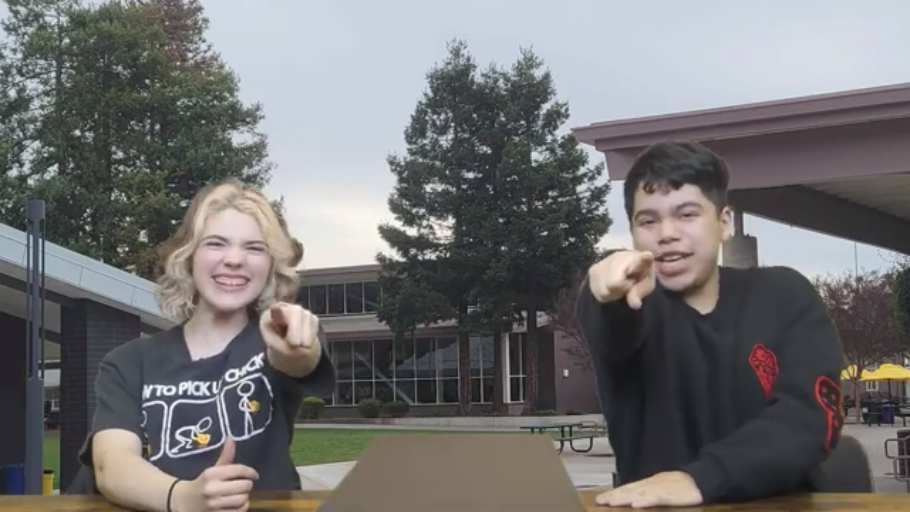The Stanford Teacher Education Program is a 12 month course that prepares aspiring teachers for a career in education by integrating them in a school setting. MVHS is one of many schools that have student teachers working and learning alongside a mentor teacher for a year. Throughout that year, student teachers observe their mentor teacher and as they learn more about teaching, receive additional responsibility in the classroom, eventually leading to them running a class by themselves.
This year, there are three student teachers at MVHS in English, history, and Spanish classes.
Noah Taxis, student teacher to English teacher Steven Kahl, said that his father, who taught high school, inspired him to pursue a teaching career. Despite the fact that Taxis was studying to be a math teacher, he changed course after spending a few summers teaching English at an adult school.

“I love English, I love literature, I love film, and I love poetry,” said Taxis. “Being able to … craft curriculum, and figure out the best ways to teach students is really exciting for me.”
After getting his undergraduate degree in Boston and a masters degree in Illinois, Taxis said he wanted to continue his teaching education at Stanford University with STEP.
Although Taxis couldn’t pick which school he would get to teach at, he was able to indicate his top choices. After hearing great things about being a student teacher under Kahl and the school, Taxis’ interest in being a student teacher at MVHS increased.
Kahl has had a student teacher every year for the past 19 years and has been a great mentor for Taxis.
“We get along and have a good rapport,” Taxis said. “He has so much experience with student teachers and with teaching; the structure he has in place and what he notices in the classroom is really incredible. It’s really fun for me to get to work with someone with that much of a deep understanding and long term perspective.”

The first two weeks of school Taxis worked alongside Kahl for the entire school day. Taxis spent that time learning how Kahl runs his class and doing different jobs for him.
“It’s difficult knowing how much to step in and take risks and take control and how much to step back and try and understand what structure Mr. Kahl has for specific activities and try to replicate them,” Taxis said, “It’s also tough balancing being a teacher and observing students and being a student of Mr. Kahl and of the Stanford program.”
Another STEP participant, Edda Lieja, is the student teacher for Spanish teacher Lauren Camarillo. After she spent the beginning of her career as an engineer, Lieja wanted a change. She started teaching math, algebra, and geometry but realized she was more passionate about teaching Spanish after helping Spanish speaking students in her math classes.

Lieja started her teaching career at Living Wisdom School but realized she wanted to go back to school to study to be a teacher.
“I was very passionate, but I was not prepared,” Lieja said.
According to Lieja, STEP was a great opportunity for her to prepare for a teaching career by learning from experienced professionals and getting hands-on experience teaching students.
Camarillo, Lieja’s mentor teacher also went through STEP 10 years ago and said she can identify with struggles student teachers might have with its rigor.
“It’s the hardest year of your life… what other schools do in two years, Stanford does in one year, so it’s intense,” Camarillo said.
Every day during their free fourth period, Camarillo and Lieja are able to check in about how the day has gone and plan lessons for the week.
“I really appreciate how she values my experience. She will ask me, do you think this is appropriate? Do you want to share what you know about this or that, so I feel like she respects me. And I love that and I respect her a lot. So it’s more of a collegiality relationship,” Lieja said.

During the first month of school, Lieja said she has been observing and writing lots of notes about what she liked and what she would want to apply to her own future classes.
“I love how Profe Camarillo builds a community,” Lieja said. “She knows everybody’s name from the get go. I really want to replicate that anywhere I go, building a tight community, showing my students that I really care about them, and trying to align my lessons to what they really want.”
Student Teacher Luis-Gonzalez-Chavez passion for teaching history comes from his childhood in Colombia, where he was required to learn about his nation’s deep political history.
“The reason I teach history is because it’s the topics that I like…whether it’s European history or US history, I’m teaching others but I’m also teaching myself,” Gonzales-Chavez said.
After going to North Carolina Chapel Hill for his undergraduate degree, and Georgetown for his graduate degree, Gonzalez-Chavez moved back to Colombia and taught at a private school there for a year.
Despite having a good job in Columbia, Gonzalez-Chavez wanted to move to California and further his education at Stanford University.

Gonzalez-Chavez was matched with MVHS history teacher Kevin Heiken through STEP. Heiken has been a mentor teacher for students in STEP for many years and has lots of experience guiding and helping them become teachers.
“He makes his thinking visible which is helpful,” Gonzalez-Chavez said.
Gonzalez-Chavez started the year by assisting students during group work and other smaller tasks. However, as the year has progressed, Gonzalez-Chavez has been given more responsibility, like giving a lecture or teaching a whole lesson.
“I see it similarly to how an athlete gets subbed into a football or soccer game,” said Gonzalez-Chavez. “I get subbed in, teach 20 minutes, and then I get subbed out and observe,” Gonzalez-Chavez said.
Since STEP is so demanding and student teachers have to be at MVHS for their school day while still taking classes at Stanford, they have to find ways to balance everything.
“I try to be very proactive during lunch periods, or in the afternoons,” Gonzalez-Chavez said. “I come in early, like 7:20 a.m. and have 40 minutes before class starts.”
While all three student teachers have different backgrounds that led to them wanting to be teachers, their shared passion for pursuing a career as educators through STEP is evident.

